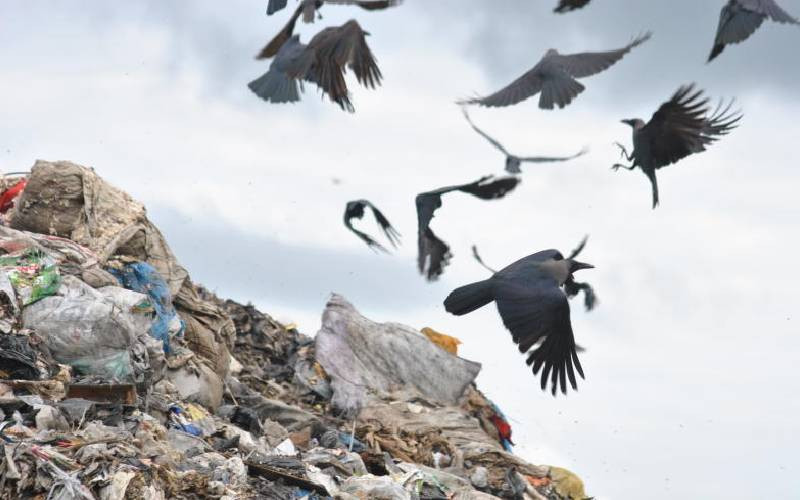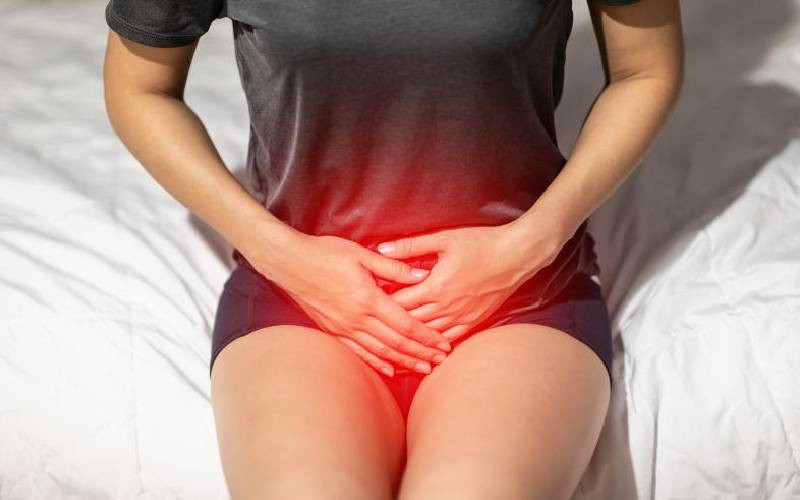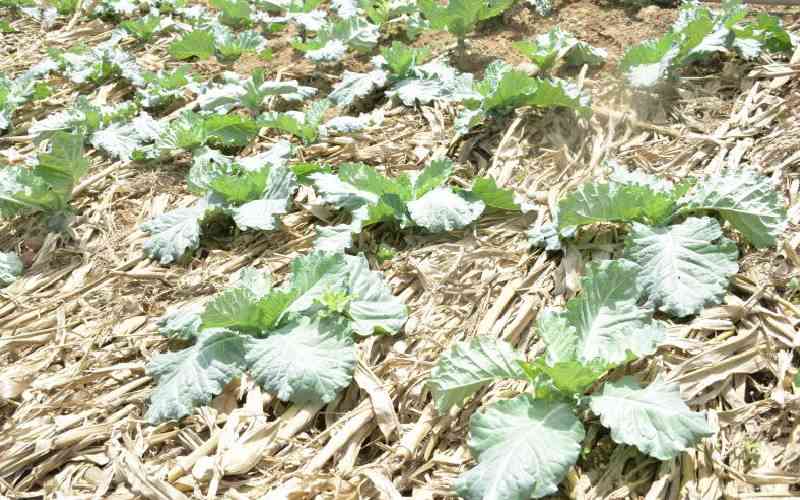
The number of women alcoholics in Kenya has been increasing with Nairobi leading, followed by Nakuru and Kiambu.
Counties with patriarchal societal hierarchies and strong paternalistic cultures have the least female alcoholics in the country alongside those where religion frowns at alcohol consumption.
Mombasa, though, is an exception.
Though predominantly a Muslim city, it has a high number of female alcoholics because of the huge cash flow which attracts hordes of sex workers targeting tourists.
For women alcoholics, indulgence has more societal and medical consequences as opposed to men, according to experts.
Consequences include morally bankrupt children, dysfunctional families and the onset of early prostitution.
Such women also get disowned by their parents, husbands and children affecting families even more. Stigma only worsens the situation as most hardly seek help.
Dr Florence Jaguga, a consultant psychiatrist, once explained that some chemicals in alcohol are what cause liver cirrhosis and liver cancer and the effects of alcoholism are worse when a woman gets pregnant: she can give birth to a child who is not well-formed, or one who may have difficulties later in life, including heart-related complications.
- Western region beats Central in alcohol abuse
Keep Reading
For a woman to be categorised as an alcoholic, according to Tamara Ochieng, a clinical psychologist in Kisumu County, she must be the breed that consumes about eight litres or more per week. The drink can be beer, traditional brews, wines or spirits.
Reasons for rising cases of women hitting the bottle include social mistrust and infidelity in relationships which sees the adoption of drinking as a coping mechanism, says Dr Moses Araya, a sociology lecturer, at the University of Nairobi.
He adds that economic hardships and the many demands women face also turn some into alcoholics
Dr Araya explains that immorality and infidelity in marriages and relationships have also dragged women to drinking dens and other social gatherings to hunt for mates with whom they can 'revenge' on their husbands.
Other factors include poverty and financial constraints which drive women to alcohol joints with hopes of landing a potential partner who can cater for their needs.
For working-class women, most drink because they can afford it besides spates of loneliness and peer pressure.
Tamara says women also have higher alcohol levels than men and in Kenya, its consumption has been increased by Western influences.
Dr Araya of the University of Nairobi estimates that nearly half of all adult women report drinking alcohol four times a week on average.
"In fact, female students crave alcohol more than men", says Dr Araya.
Mwendwa Kiogara, a communications officer at UNPD in Nairobi says women get into alcoholism through "premature trust and men usually take advantage of this weakness to introduce them to alcohol."
She adds that women are also very emotional and "a small source of flame can trigger a big fire. But women who face serious challenges seem not to turn to God but alcohol which worsens their situations and can lead to premature deaths," says Kiogora who includes women welfare groups like chamas as the other driver of alcoholism in the name of social gatherings.
Morris Kamenderi, the Principal Researcher at the National Campaign Against Alcohol and Drug Abuse (NACADA) cites urbanisation and lifestyle as the other drivers of women alcoholics.
He particularly cites single women-headed families as having worsened the situation "because these women have no control. Nobody controls them. They do what they want as they have no regulations or restrictions of their behaviour."
About 28 per cent of women of child-bearing age are binge drinkers, according to a 2017 report by NACADA.
The report added that women engaged in heavy drinking tend to consume diets higher in calories, sodium and fats than those who don't drink.
"This is because excess fat in the body of women makes them crave alcohol," explains Tamara, adding huge bodied persons drink a lot of alcohol because the fat in them neutralises the alcohol. The body fat is distributed in the abdomen region.
Alcoholism in the family has psychological and economic effects.
Dr Jaguga, who is in charge of the alcohol and drug abuse rehabilitation unit at the Moi Teaching and Referral Hospital, in an earlier interview listed health hazards that women alcoholics face: liver disease, dementia, susceptibility to HIV due to risky sexual behaviour from poor judgement occasioned by alcohol.
Women alcoholics are also unable to adhere to contraceptive methods and end up getting multiple pregnancies, experience pregnancy loss or give birth to underdeveloped babies.
Alcoholics, and not just women, generally suffer cancers of the mouth, oesophagus, pancreas, colon, stomach, and rectum. There are also liver diseases including liver cancer and reproductive system cancers like prostate, uterus and cervix, but liver cirrhosis is the most severe damage caused by alcohol abuse, according to Dr Jaguga.
Apart from physical effects, one's mental health is usually affected and "studies in Kenya link mental symptoms with substance abuse including psychosis or having suicidal thoughts," said Jaguga, adding that alcohol abuse overburdens the health care system as "the time the nurses spend attending to such people could save a life elsewhere".
Nairobi County leads in the number of women alcoholics followed by Nakuru, Kiambu, Kisumu, Mombasa, Uasin Gishu, Nandi, Kericho, Nyeri, Machakos and Kakamega, according to a 2017 survey by NACADA.
Counties with the least female alcoholics are Garissa, Mandera, Wajir, Isiolo, Marsabit, Turkana and Samburu.
Nairobi leads the pack because cash flow in the capital is higher than in other counties. Nairobi has richer 'sponsors.'
"In a nutshell, Nairobi leads with the number of socialite bimbos as a den of inequality", says Margaret Were of Redeem Gospel church, Kariobangi South.
Were says divorced women usually resort to drinking to forget frustrations as do single mothers and single women who find comfort in alcohol. As a church, she adds, they advise such women to seek spiritual help.
Dr Araya rationalizes that counties with fewer alcoholic women is because "executive clubs where women can get alcohol buyers are not many in poor counties, like Siaya, Turkana, West Pokot, Homa Bay and Kitui."
Then there are counties where traditions drive women from some communities into drinking alcohol, says Kamenderi.
Kamenderi, who hails from Kuresoi explains that Kalenjin traditions allow women to prepare and drink alcohol and that is the main reason Uasin Gishu, Nandi and Kericho are among counties with a high number of female alcoholics.
However, national data from NACADA reveals men still drink more than women but women result in dire consequences including poor job performance and a high level of immorality.
The rules resulting from the Bill sponsored by former Naivasha MP John Mututho that bars open from 5pm to 11pm and from 2pm during weekends have been largely ignored due to failure of implementation by law enforcers.
 The Standard Group Plc is a multi-media organization with investments in media platforms spanning newspaper print
operations, television, radio broadcasting, digital and online services. The Standard Group is recognized as a
leading multi-media house in Kenya with a key influence in matters of national and international interest.
The Standard Group Plc is a multi-media organization with investments in media platforms spanning newspaper print
operations, television, radio broadcasting, digital and online services. The Standard Group is recognized as a
leading multi-media house in Kenya with a key influence in matters of national and international interest.











